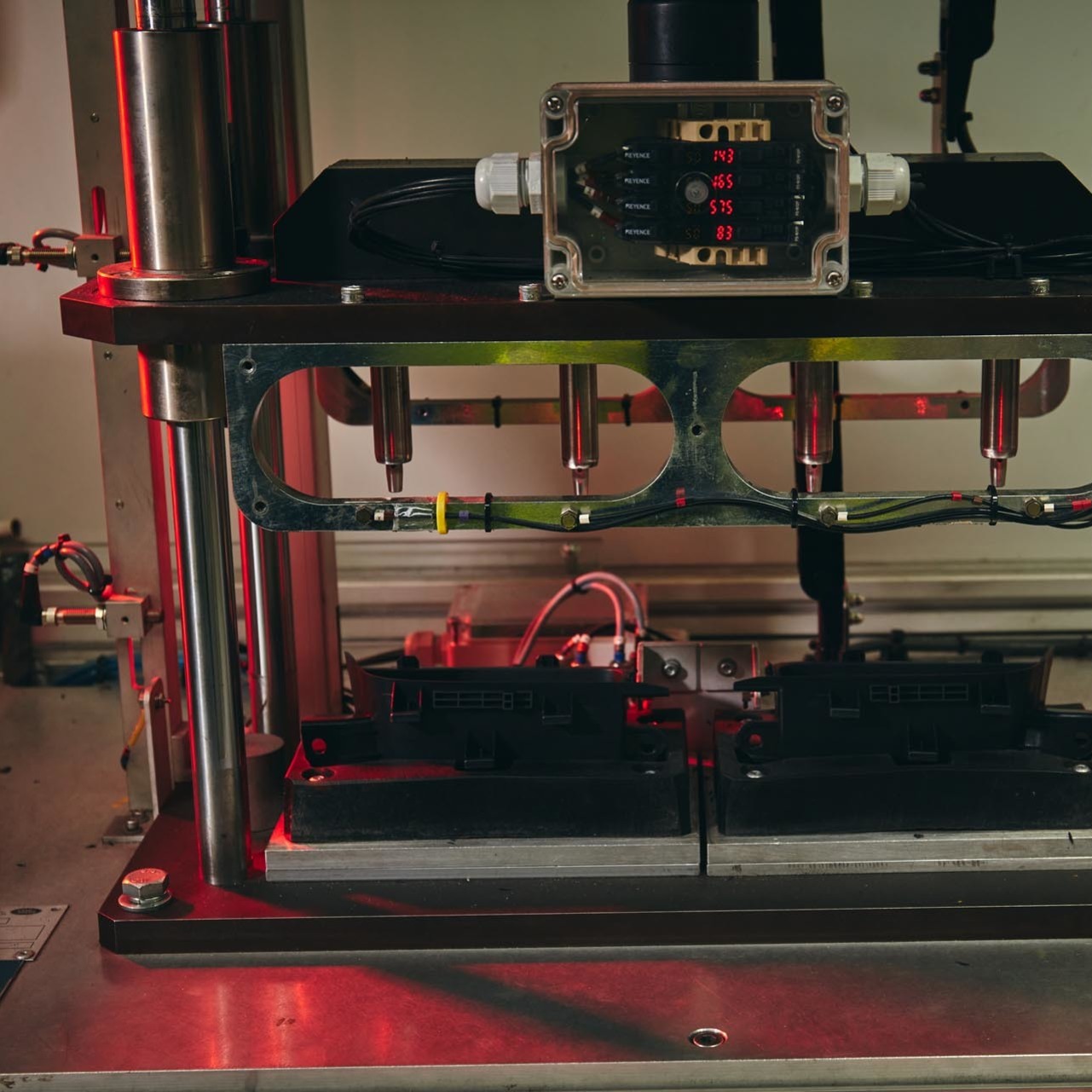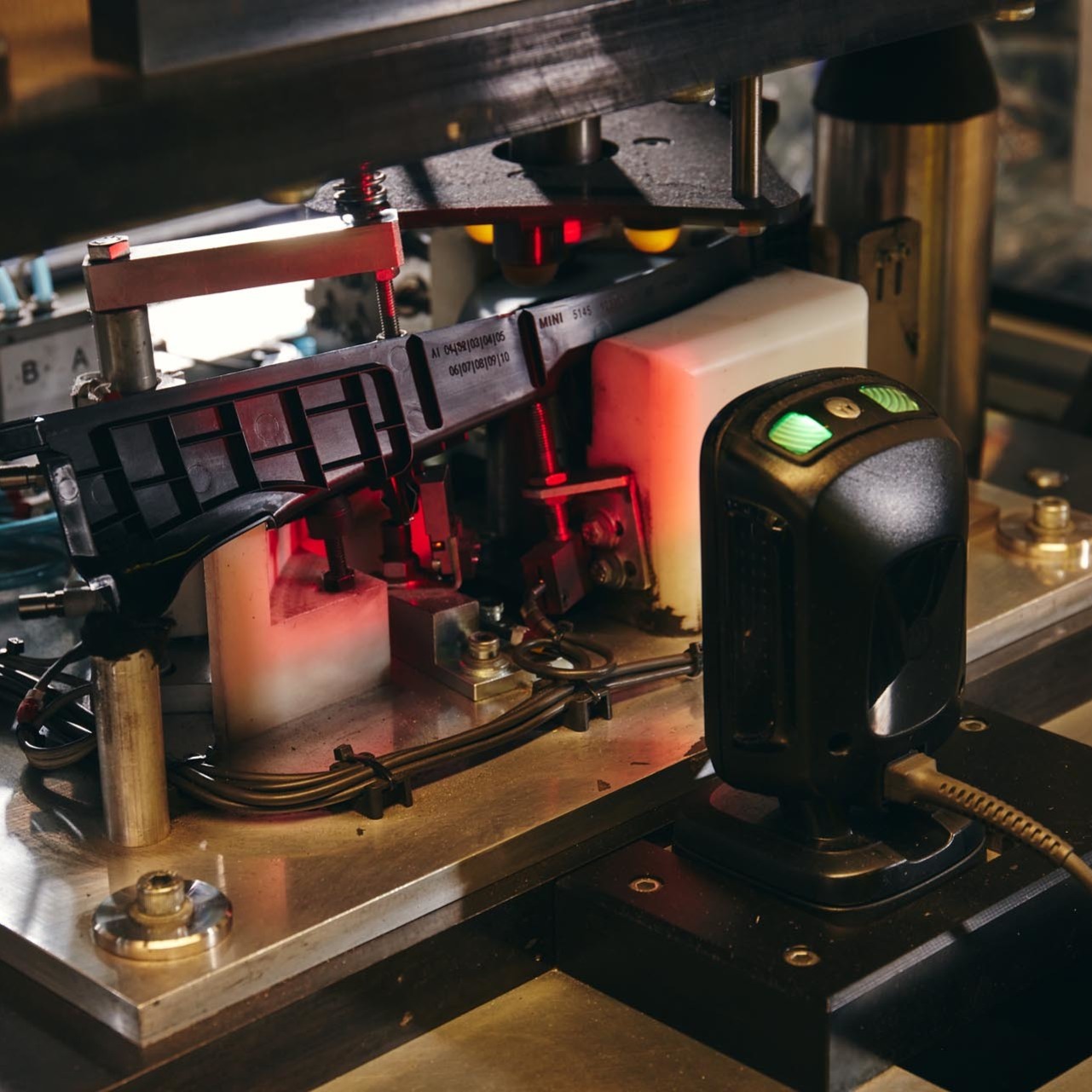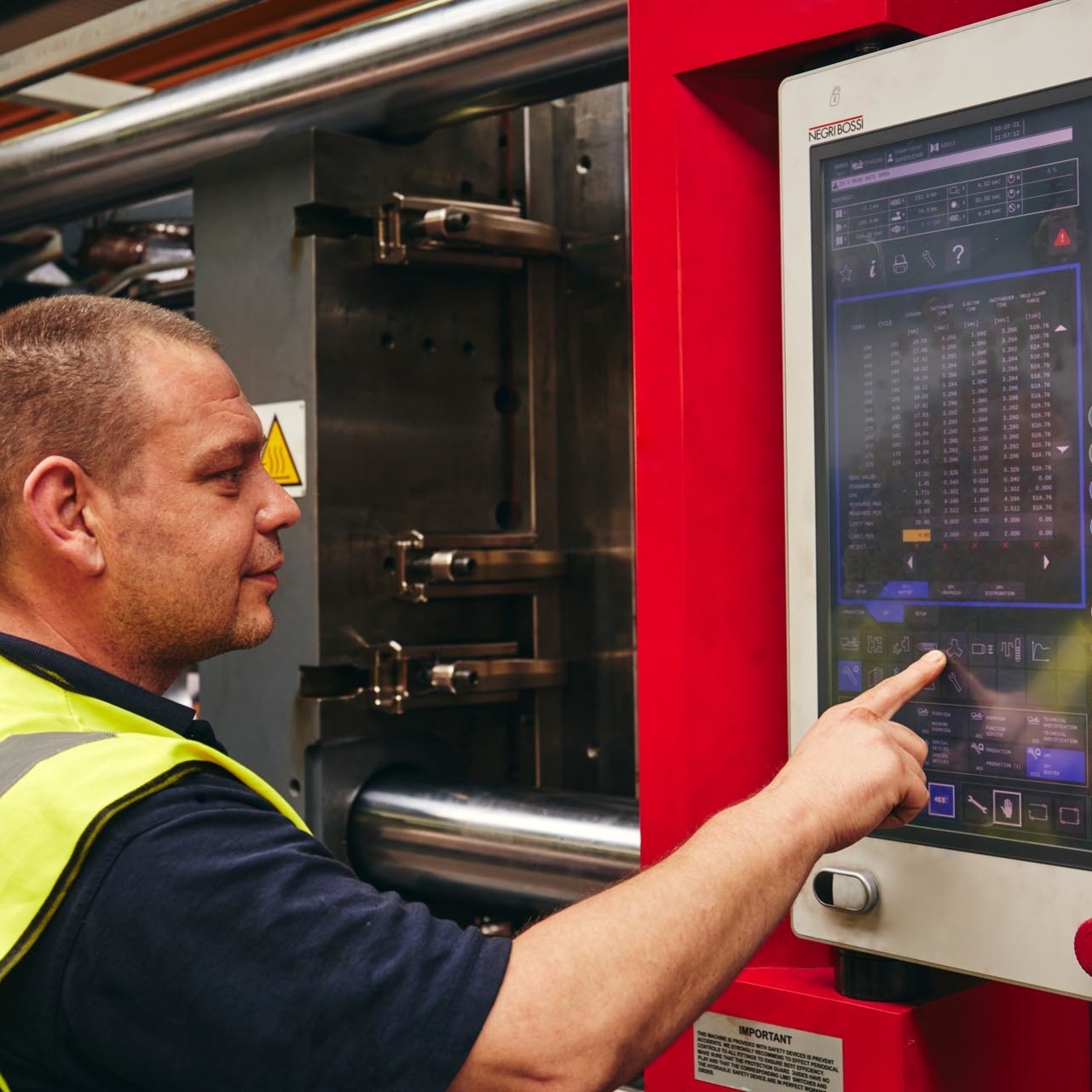To achieve the highest levels of quality in our products we must prevent errors and defects.
This also reduces costs incurred through wasted production time, containment, rework, and increased scrap.
A strong focus on quality within PJS has led us to implement processes using Error Proofing and Pokyoke from the initial concept, through process design, to the PPAP.
We designed and implemented a three step approach to error proofing:

Step 1 - Cannot Produce
This is the highest, and sometime the cheapest, level of Mistake Proofing and encompasses controls implemented at the design stage to prevent the defect from occurring. Therefore, non-compliant parts cannot be produced.
Example: the LH grab handle will not fit the RH door

Step 2 – Cannot Pass / Cannot Process
In step two we determine the correct process to assemble a part. Then we design the assembly station to prevent step 2 from being completed until step 1 is complete.
To do this we utilise:
A DC torque tool that is only activated when the assembly machine “sees” all the components.
An interlock that will keep the part in the assembly fixture, this means it can only be released from the machine by a supervisor with a key or by the operator, following every step of the assembly process in the correct order.

Step 3 – Visual Inspection
For us, this is a last resort. Secondary visual inspection is still open to failure and, if step 1 and 2 are implemented correctly, step 3 will probably be the most expensive solution. Examples are inspection sheets or checklists
Implementing this 3 step approach ensures:
1. Lower scrap levels
2. Reduced cost of rework/containment
3. Higher customer satisfaction


